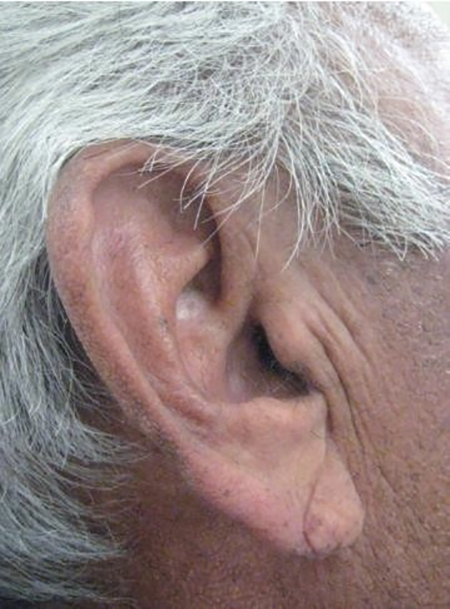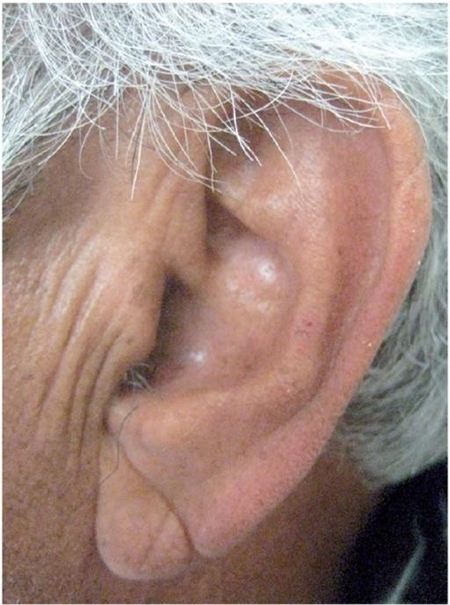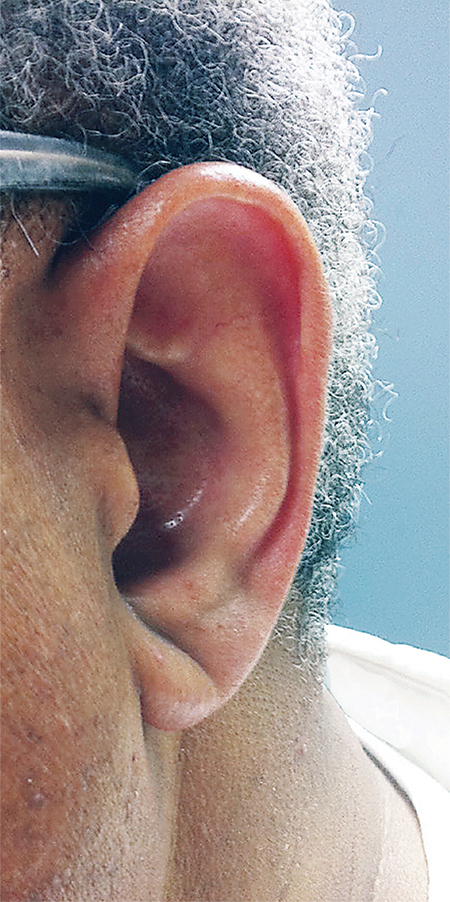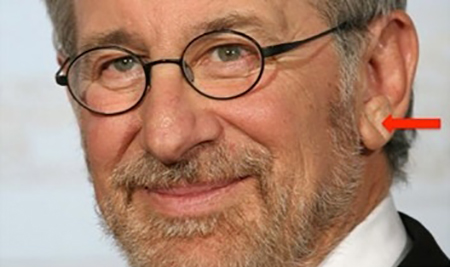We are living in a systemically compromised world. As the prevalence of physical illness increases through the decades, we, as dental hygienists, are finding ourselves in a position to help with early evaluation.
As RDH are competent in so many aspects of client care, we are constantly putting the pieces of the proverbial puzzle together, attempting to connect systemic health to oral health findings – linking the association of pharmacological effects, and trying our very best to help clients manage their oral health while standing witness to their systemic health issues.
In dental hygiene school, we were taught to seek communication with other health care professionals to help our clients get the best care possible and somewhere from then to now, that message may have faded.
We are allied health care professionals, distinct from medicine and nursing. We are part of a broad group of health professionals who use scientific principals and evidence- based practice for the diagnosis, evaluation and treatment of acute and chronic diseases; we promote disease prevention and wellness for optimum health and apply administration and management skills to support health care systems in a variety of settings. (Association of school of allied health professions, 2018)
The constantly updating list of allied health care professionals consists of nearly 48 professions. The precise titles, roles and requisites of allied health professionals may vary from country to country, however, there is honour to be considered a partner with these professionals which include but are not limited to:
- Art therapist/art psychotherapist
- Athletic trainer
- Dental hygienist
- Dietitian/nutritionist
- Exercise physiologist
- Lactation consultant
- Music therapist
- Occupational therapist
- Operating department practitioner
- Physical therapist/physiotherapist
- Physician Assistant
- Public health epidemiologist
- Rehabilitation counselor
- Renal dialysis technologist[2]
- Respiratory therapist
(Wikipedia contributors, 2018)
We have known for decades that dentistry and medicine have not always been aligned, with often conflicting opinions of what health looks like, and how it pertains to dentistry. As a dental hygienist celebrating 11 years in the profession, I have had conversations with family physicians that have left me shocked – questioning why blood pressure and glucose levels are important for “just a cleaning”.
We know that it is not within our scope of practice to diagnose systemic disease, however, we can express concerns for our clinical findings during assessment and encourage our clients to seek medical evaluation as we are health care professionals.
Our bodies are complex systems that have a way of demonstrating on the outside what may be brewing on the inside.
The connection between your ears and heart may be a stronger connection than we thought.
In 1973, an American physician, Dr. Sonders T. Frank, described the presence of a suspicious line on multiple patient’s ears. It was a diagonal crease in the earlobe that started from the Tragus to the end of the Auricle, in the angle of about 45 degrees in varying depths (Nazzal S, 2017).



Frank’s sign was described as a predictor of future coronary heart disease and peripheral vascular disease. Over the years, various institutions have taken Dr. Frank’s discovery and studied its validity within diagnostic medicine.
Stanford Medicine’s publication July 2015 outlined a grading of the sign to describe severity from Grade 1-3, bilateral or unilateral, and gave some insight on the pathophysiology of the sign based on findings within their studies (Stanford Medicine, 2015).
The American Journal of Medicine published a paper and concluded that “Frank’s sign could predict ischemic cerebrovascular events. Patients with classical cardiovascular risk factors had Frank’s sign at a higher frequency” (Nazzal, Hijazi, Khalila, & Blum, 2017).


The study consisted of 241 consecutive patients who were hospitalized for an acute stroke; 153 patients with transient ischemic attack and 88 with cerebrovascular accident. Frank’s sign was tested in both ears, and clinical data was gathered including age, gender, type 2 diabetes and hypertension.
Of those patients, 190 (78.8%) had Frank’s sign present.
They also mentioned that 115/241 had type 2 diabetes. Frank’s sign was present in 103 of those patients (87%). This correlation between Frank’s sign and diabetes is still being further investigated (Nazzal, Hijazi, Khalila, & Blum, 2017).
With this knowledge comes a responsibility to our clients chairside should we encounter this diagnostic sign. As we continue with ADPIE, this finding could assist us in better understanding other assessment findings like bleeding, tissue response and poor-healing (Anderson & Hamm, 2012).
8.5% of Canadians 20 years or older are living with a form cardiovascular disease.
One person every seven minutes dies of heart attack or stroke.
Cardiovascular disease is the second leading cause of death in Canada and the leading cause of hospitalization. (Government of Canada, 2017)
Together with science, we can help reduce those numbers and keep our loved ones and clients healthy.
Dedicated to my grandfather, who died of heart failure on November 29, 2010.
References
- Anderson, K., & Hamm, R. L. (2012, March 24). NCBI. Retrieved from PubMed: https://www.ncbi.nlm.nih.gov/pmc/articles/PMC4495737/
- Association of school of allied health professions. (2018). What is Allied Health? Retrieved from ASAHP: http://www.asahp.org/what-is/
- Government of Canada. (2017, July 18). Government of Canada. Retrieved from Canada.ca: https://www.canada.ca/en/public-health/services/publications/diseases-conditions/heart-disease-canada-fact-sheet.html#fn2
- Nazzal S, H. B. (2017, Apr 29). NCBI. Retrieved from PubMed: https://www.ncbi.nlm.nih.gov/pubmed/28460854
- Nazzal, S., Hijazi, B., Khalila, L., & Blum, A. (2017, November ). Diagonal Earlobe Crease (Frank’s Sign): A Predictor of Cerebral Vascular Events. The American Journal of Medicine, 130(11), 1324.e5 .
- Stanford Medicine. (2015, July 2). Stanford Medicine. Retrieved from Stanford Medicine: https://stanfordmedicine25.stanford.edu/blog/archive/2015/what-is-the-name-of-this-sign.html
- Wikipedia contributors. (2018, March 16). “Allied health professions”. (T. F. Wikipedia, Producer, & Revision history statistics) Retrieved from Wikipedia: https://en.wikipedia.org/w/index.php?title=Allied_health_professions&oldid=830736348
Photo credit
Franks Sign (link #2)
Photo courtesty of George Griffing, MD, The New England Journal of Medicine
Reprinted with permission. Oh Canada. Spring Issue 2018.
About the Author
 Irene Iancu has worked in various specialties including Paedo, Perio, General Practice and Orthodontics. Her goal in her current holistic practice is prevention and maintaining an optimal mind, mouth and body. Irene connects the systemic effects of oral conditions to her clients, while making a change for overall health and wellness. As a Peer and Quality Assurance Mentor contracted by the CDHO, a Clinical and Theoretical Dental Hygiene instructor at Oxford College, and a practicing dental hygienist in Toronto; Irene shares her passion for education with us today in the hopes we can change the lives of our clients and their loved ones.
Irene Iancu has worked in various specialties including Paedo, Perio, General Practice and Orthodontics. Her goal in her current holistic practice is prevention and maintaining an optimal mind, mouth and body. Irene connects the systemic effects of oral conditions to her clients, while making a change for overall health and wellness. As a Peer and Quality Assurance Mentor contracted by the CDHO, a Clinical and Theoretical Dental Hygiene instructor at Oxford College, and a practicing dental hygienist in Toronto; Irene shares her passion for education with us today in the hopes we can change the lives of our clients and their loved ones.
RELATED ARTICLE: Is Your Tongue Causing Your Health Problems?












